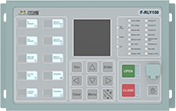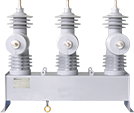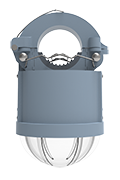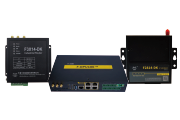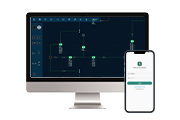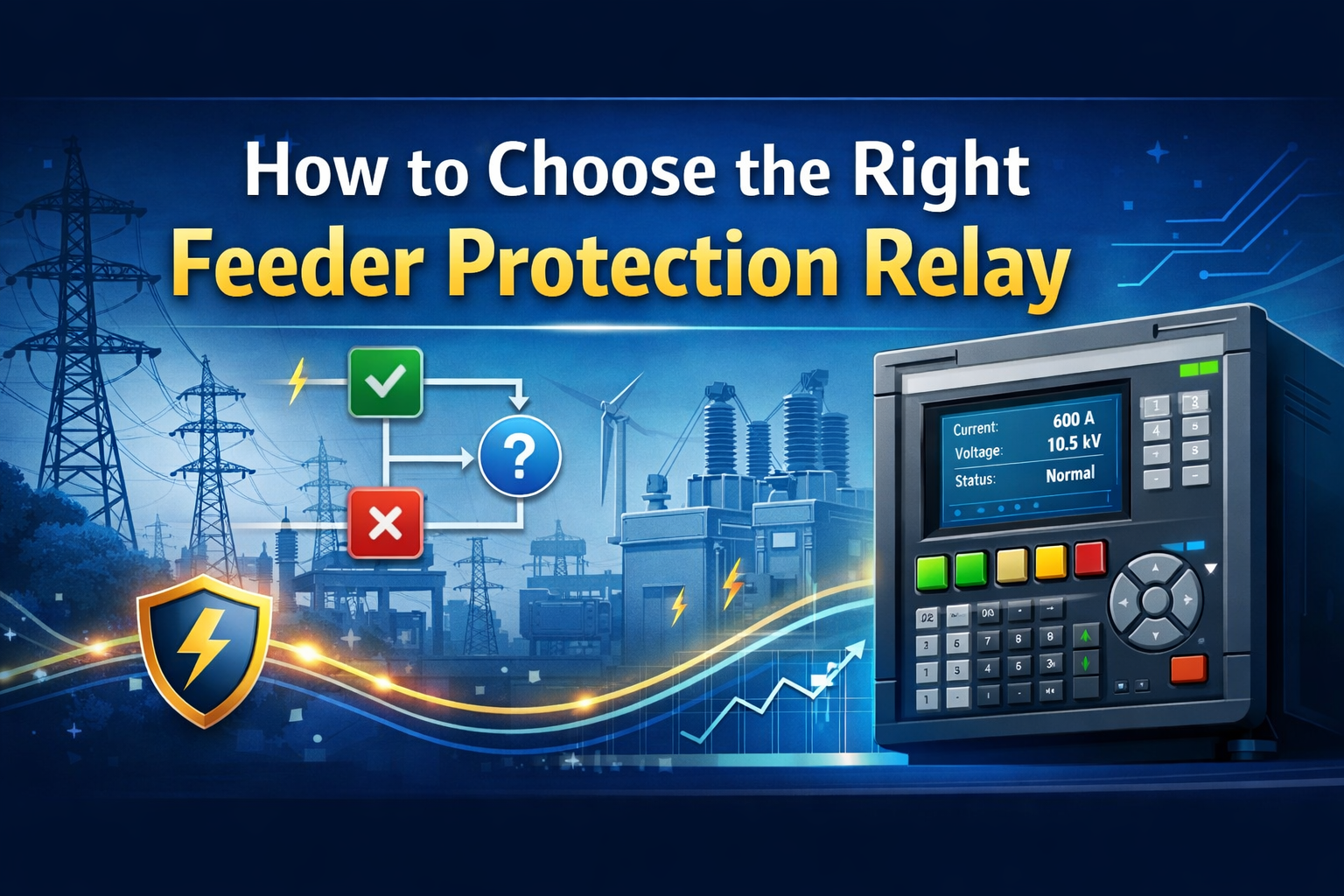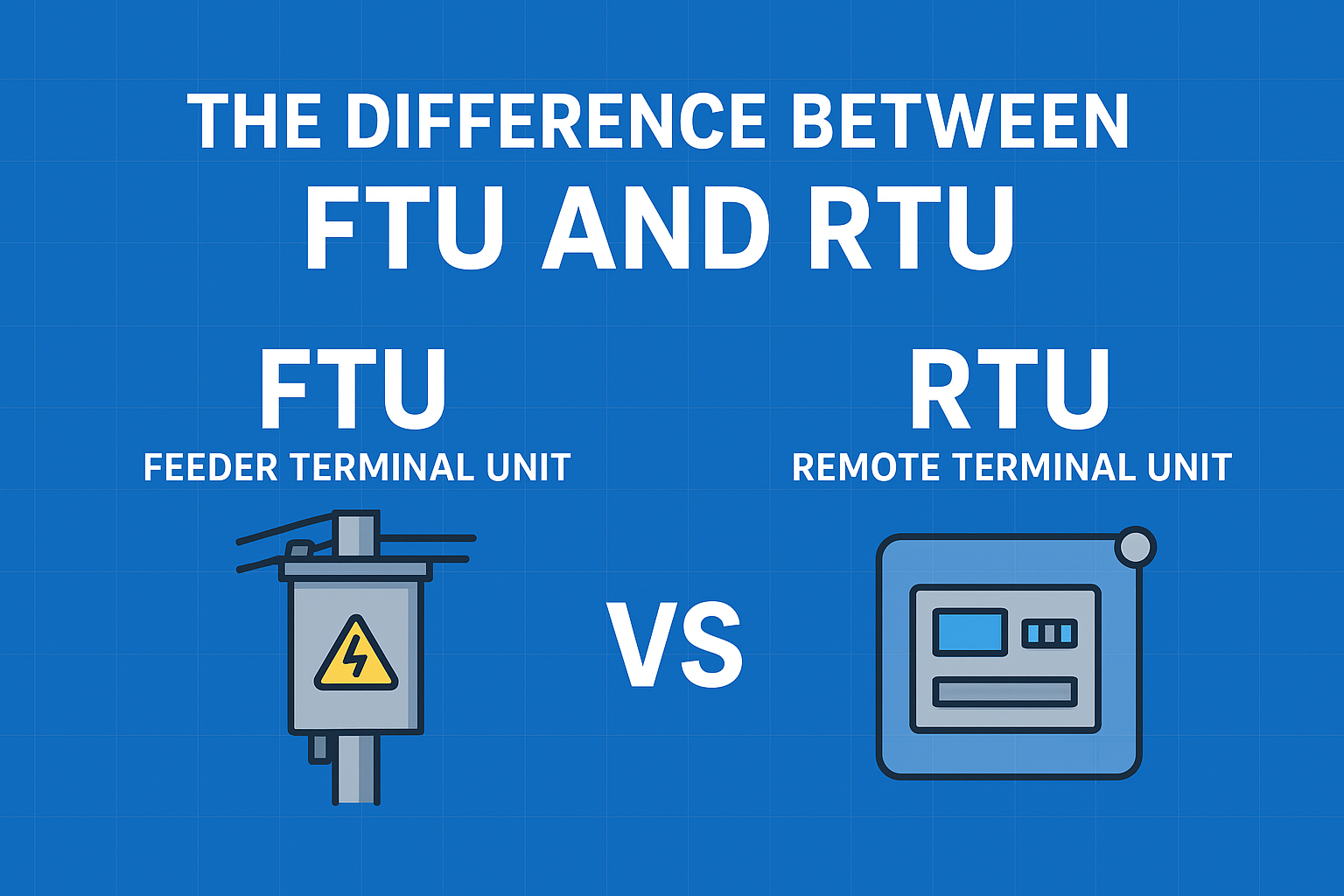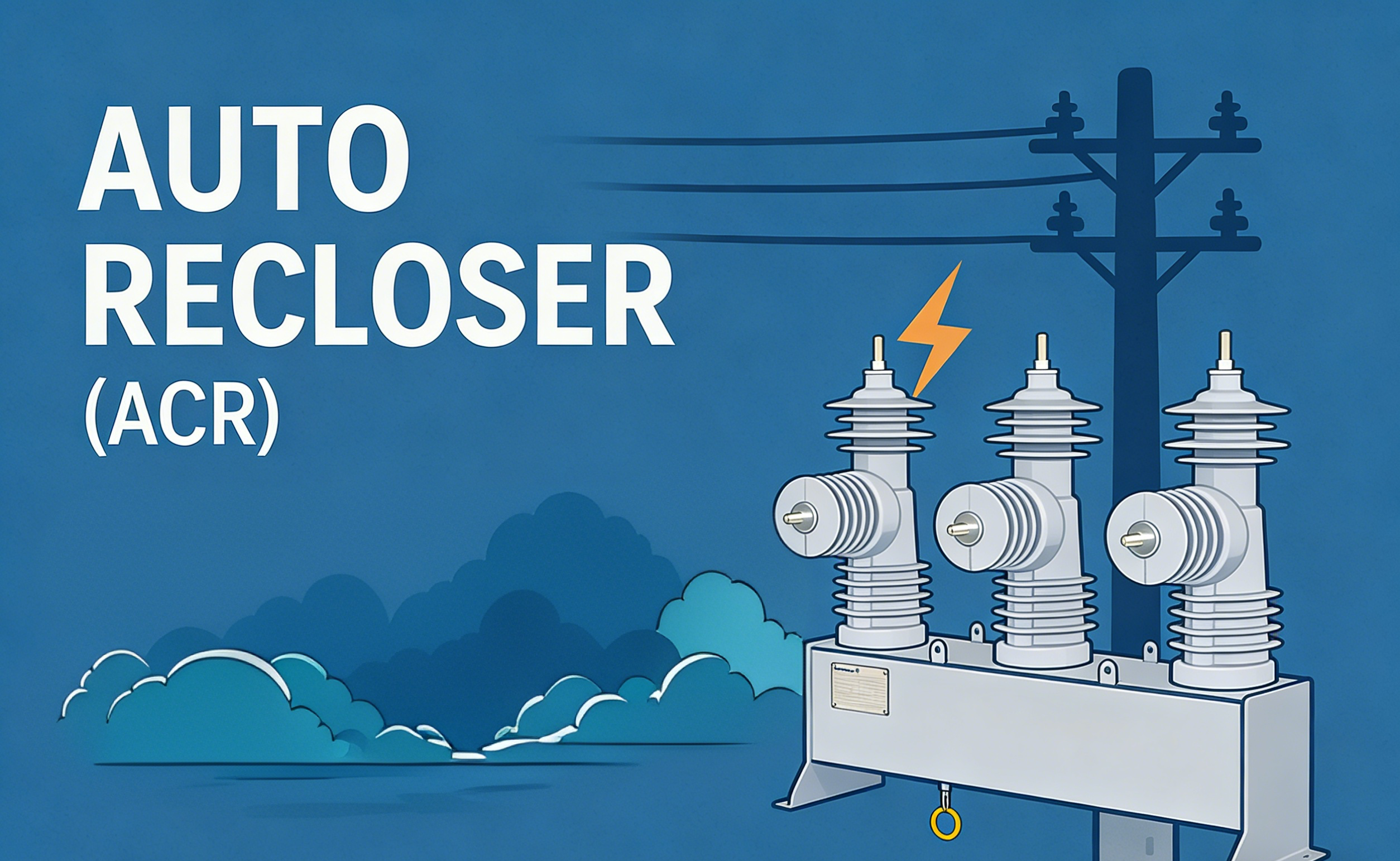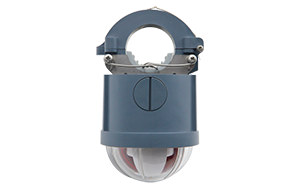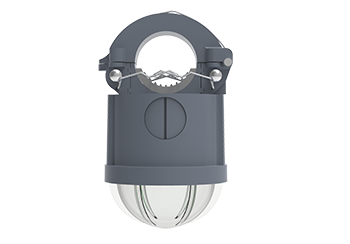News
How Does an Overhead Line Fault Passage Indicator Work?
Date:2025-10-27
Being exposed to the open environment, overhead electrical networks constantly face the challenges of nature — from lightning strikes and heavy rainfall to dust, vegetation, and even local wildlife interference. Over time, these factors can weaken insulation, damage conductors, or cause transient faults, making the network increasingly vulnerable to failures.
-
When such faults occur, power outages can spread across residential areas, commercial zones, or industrial facilities, resulting in customer dissatisfaction and revenue losses for utilities. Based on discussions with utility companies and O&M (Operations & Maintenance) teams, in the absence of a fault indicator, the traditional practice often involves dispatching multiple technicians to physically patrol the line to locate the exact fault point. This process can be slow and labor-intensive—especially in the case of Aerial Bundled Cables (AB Cables), where technicians may need to lower the line to inspect for damage. At night or in dense forests and mountainous regions, this task becomes even more difficult and time-consuming.
- These operational challenges and maintenance costs have driven the adoption of Fault Passage Indicators (FPIs) — intelligent devices designed to detect and indicate the passage of fault current in power distribution systems. Installed along overhead lines, these indicators provide visual or remote signals that help utilities quickly identify the faulted section, enabling faster fault restoration and improving network reliability.
-
What Is a Overheadline Fault Passage Indicator?
- An Overhead Line Fault Passage Indicator (FPI) is a device used in medium-voltage power distribution systems to detect and indicate fault currents on overhead lines. It senses sudden current surges caused by short circuits or earth faults and provides a visual or remote signal to show where the fault occurred. By installing FPIs along the line, utilities can quickly locate the faulted section, reduce outage time, and improve network reliability. Modern FPIs often support wireless communication for integration with SCADA or distribution automation systems.
-
Working Principle
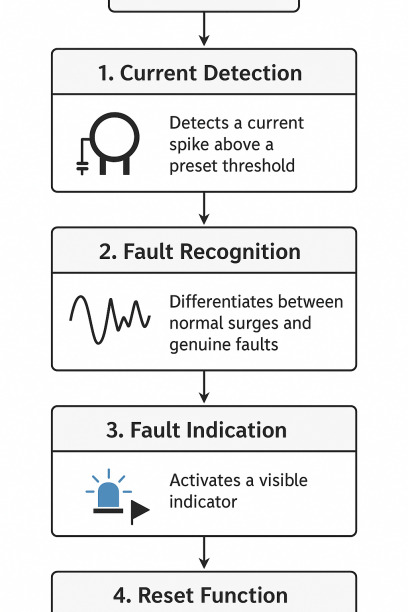
- The working mechanism of an Overhead Line Fault Passage Indicator is based on current and voltage detection. The FPI continuously monitors the line current and voltage waveforms in real time. When a fault occurs, there is a sudden surge of current (fault current) that exceeds normal load levels.
Here’s how it works step by step: - 1.Current Detection
The device uses a current transformer (CT) or a magnetic sensor to measure the line current. When a current spike above a preset threshold (e.g., 200A or 400A) is detected, the FPI identifies it as a potential fault.
2.Fault Recognition
The FPI analyzes the current and voltage waveform characteristics to differentiate between normal switching surges and genuine faults (short-circuit or earth faults).
3.Fault Indication
Once a fault is confirmed, the FPI activates a visible indicator, such as an LED flasher or a mechanical flag, to show that fault current has passed through that point.
If the indicator is ON, the fault is downstream.
If the indicator is OFF, the fault is upstream.
4.Reset Function
After the fault is cleared and normal current is restored, the indicator automatically resets after a predefined time or via remote command. -
Four-Faith’s Overhead Line Fault Indicator
-
At Four-Faith Smart Power Co., Ltd., we offer advanced Overhead Line Fault Indicators designed for 5–38 kV overhead distribution networks, particularly for systems with isolated or non-effectively grounded neutrals.Learn more here
-
Key Features
-
360° Visual Indication: Mechanical flag plus high-brightness LED lights ensure clear visibility from any direction.
Built-in Current Sensor & Lithium Battery: Guarantees over 10 years of reliable operation.
Smart Communication: Supports 4G/3G and LoRa wireless communication for real-time data transmission to SCADA or Distribution Automation systems.
Adaptive Fault Threshold: Automatically adjusts detection thresholds based on real-time load current, minimizing false alarms. -
Advantages
-
Fast Fault Location: Instantly identifies the faulted section with visible and remote indicators.
-
Remote Monitoring: Real-time alerts and data feedback through wireless communication.
-
High Reliability: Long-life power supply and weatherproof design for outdoor operation.
-
Low Maintenance: Designed for long-term operation with minimal service requirements.
-
Conclusion
- The Overhead Line Fault Passage Indicator plays a crucial role in modern power distribution networks. Four-Faith’s innovative solution not only provides accurate local indication but also enables intelligent communication and integration with SCADA systems—helping utilities achieve faster fault response, higher reliability, and smarter grid operation.

